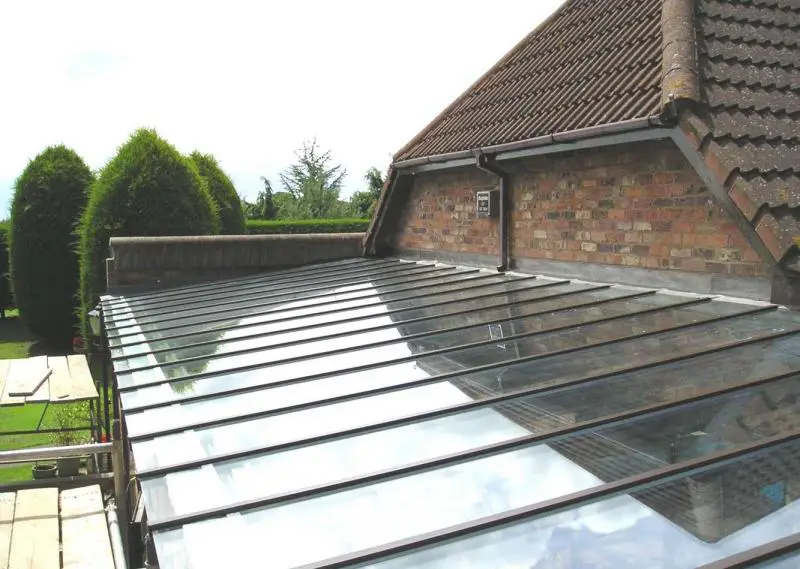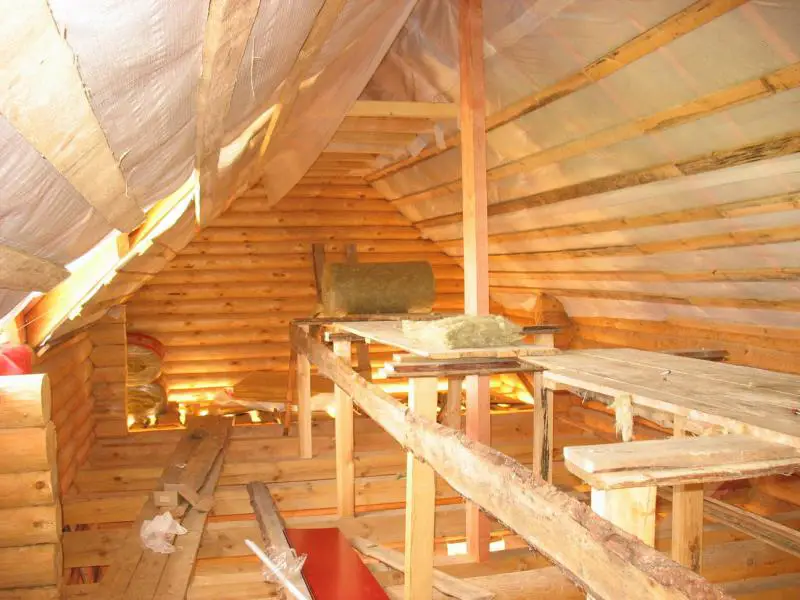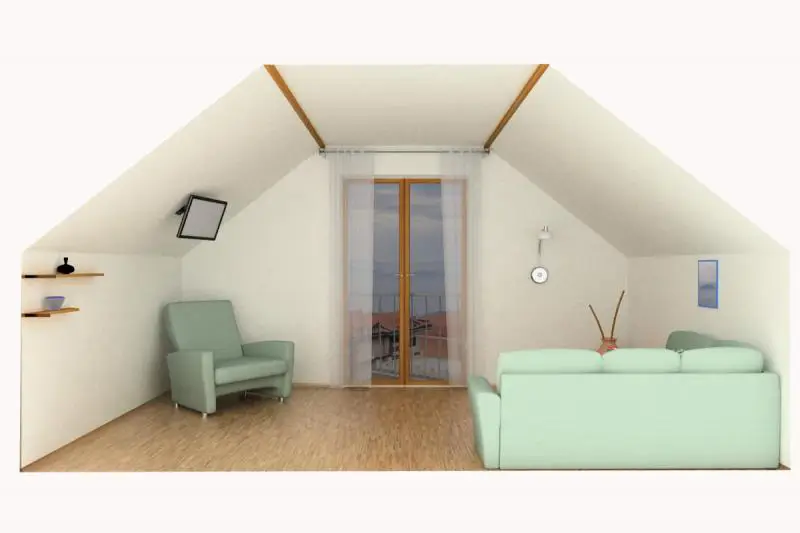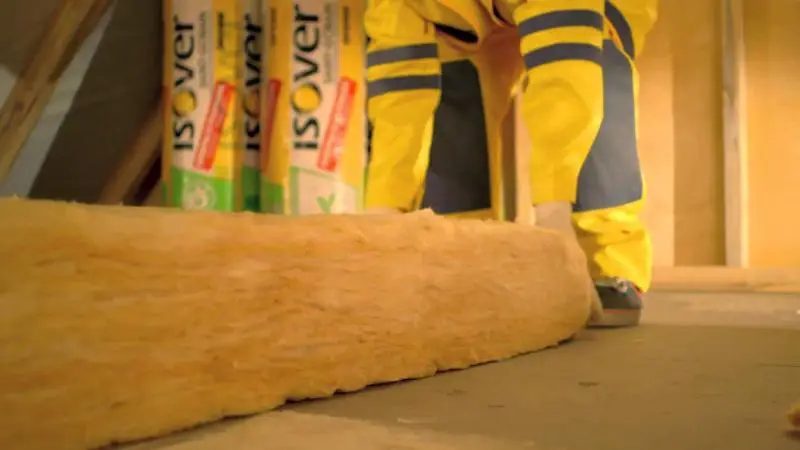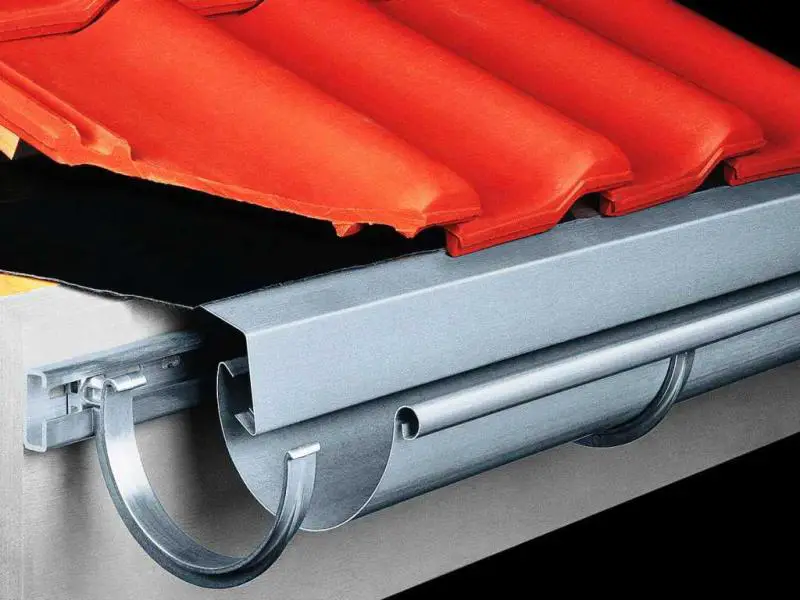There can be your advertisement
300x150
How to Seal Gaps in Windows
Gaps in windows cause not only a lot of hassle with cleaning dust on the window sill, but also contribute to noise discomfort. The situation worsens significantly in winter — instead of dust, drafts circulate through the apartment, and the sight of tearful windows creates an unfavorable impression. Significant financial costs are incurred in heating up these drafts.

The global trend in recent years toward replacing old windows with plastic ones virtually solves the problem of gap leaks. We’ll focus on this. But the main theme of this article will be answering the question: How to seal gaps in old wooden windows?
Traditional Methods
- Probably the simplest way to eliminate gaps in windows is to pack them with old newspapers. If the gaps are narrow — not more than 5 mm — then soaked, shredded, and squeezed paper, similar to papier-mâché, is tamped into the gap using a screwdriver, scissors, or better yet, a specially crafted tool made from solid wood, shaped like a spatula. Wider gaps are sealed using old newspapers, soaked and crumpled along their length. The gaps, prepared this way, can be covered with paper strips on top.

- Instead of newspaper, rags work perfectly for this purpose. They are first torn into thin strips and pushed into the gap in dry form. In spring, such seals easily fall off the frame when the window is opened.
- Usually, glass is held in place on the frame by wooden glazing bars, which deteriorate over time, creating gaps between the glass and window frame. The best solution is to replace them. If replacement is not possible, you can use window putty purchased from a specialized store. As a last resort, a homemade mix can be prepared (from finely ground chalk and linseed oil).
- Opening frames on the hinge side can be effectively sealed using paper string, cotton laundry string, or foam strips.
- Small cracks in wood and gaps can easily be sealed using a medical syringe filled with hot paraffin. For this purpose, paraffin melted in hot water is loaded into a syringe with the needle removed, and then immediately injected into the gap. After cooling, it is smoothed over with a non-sharp spatula or another suitable tool.
- Double-hung windows with threaded joints are best sealed using a water-based putty made from two parts chalk and one part flour. After unscrewing the frame, it is smeared around the perimeter and then tightly reassembled.
Advanced Methods
Modern technologies have provided wooden window owners with more effective ways to achieve airtight sealing.

Diverse simple and compound sealants, silicone, rubber, and polymer gaskets allow for more reliable isolation from the external environment, with less effort and significantly lower material costs.
- Sealant should be applied to a previously cleaned, dry window surface at room temperature. The filling technique is similar to the paraffin-syringe method, but instead of a syringe, a construction gun with a cartridge containing the sealant is used.
- Profiled gaskets are designed for sealing window frames around the perimeter (not for sealing glass) and differ by material, installation method, and cross-section. They are attached using self-adhesive backing or special adhesive. The gap width a profile can cover depends on its marking — E, P, or D — and ranges from 3 to 7 mm respectively.
- A reliable guardian of home comfort is heat-saving film. The trick of this film lies in its two distinct sides, which must not be reversed during installation. The side with a metallic sheen is attached to the window frame, while the inner side, capable of reflecting UV rays, prevents heat from escaping into the surrounding space, while almost not obstructing light penetration. An added advantage of heat-saving film is its good sound insulation and protection against fogging.
PVC Windows
Gaps in PVC windows? Nonsense! However, they can appear due to mechanical deformation, lock mechanism failure, or wear of the sealing strip. Such issues can only be resolved by qualified specialists from a professional organization. Drafts between the window opening and the frame may occur only if the gap was improperly filled with installation foam or if external plastering was neglected afterward.
